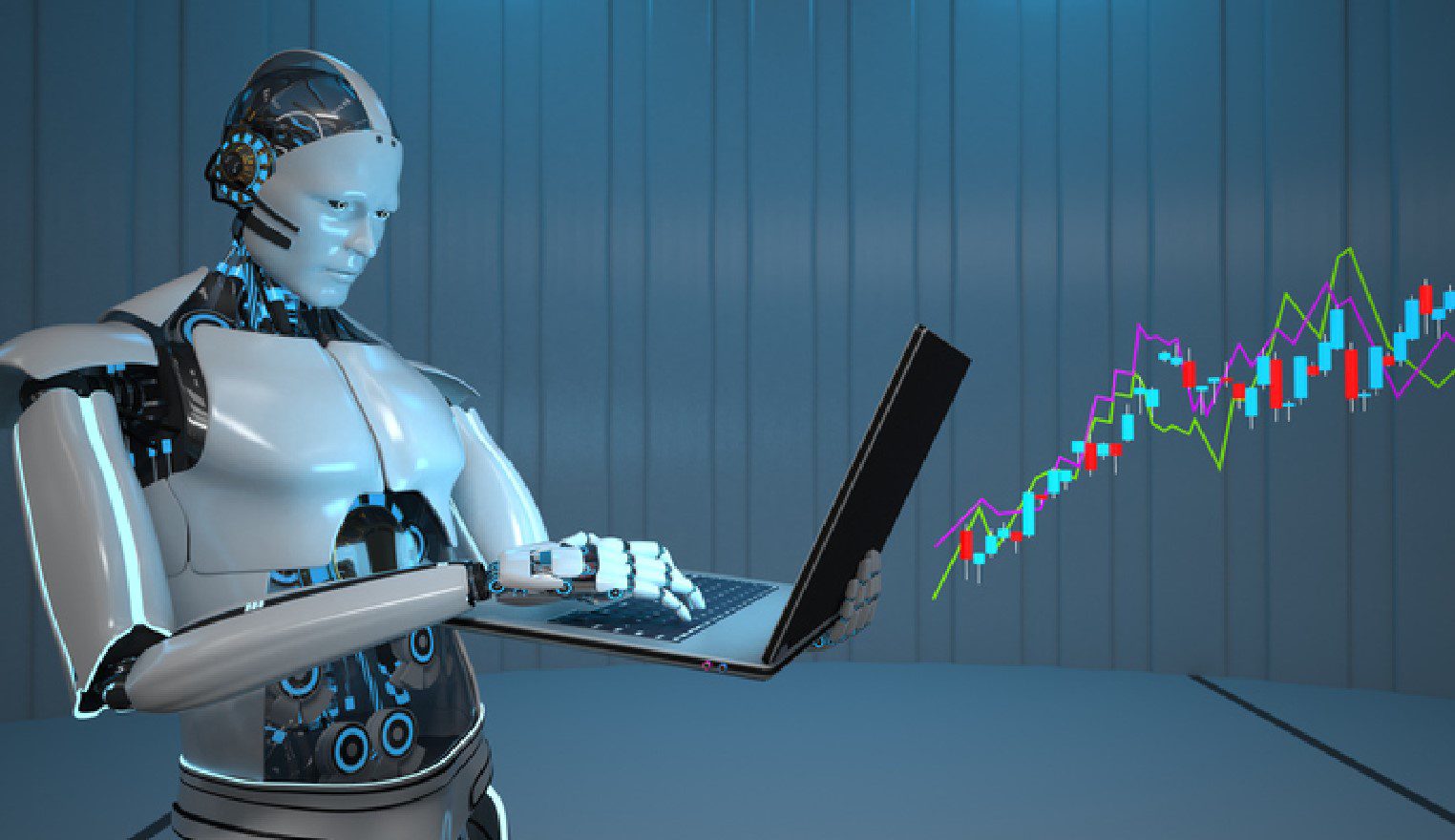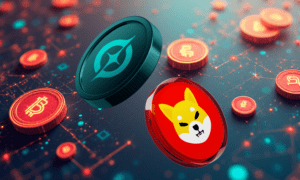In the past decade, retail investing has undergone a remarkable transformation. What was once a market dominated by institutional traders and large hedge funds is now accessible to anyone with a smartphone and an internet connection. Platforms like Robinhood have democratized investing, removing barriers such as high fees, complex interfaces, and intimidating brokerage systems.
But as more retail investors enter the market, the next wave of evolution is already underway — automation. Trading bots, powered by artificial intelligence and machine learning, are changing how individuals interact with financial markets. As investors seek more efficiency, consistency, and control, many are exploring the best trading bots for robinhood to gain an edge in the fast-paced world of digital trading.
This article explores how automation is reshaping retail investing, the technology behind trading bots, their benefits and risks, and how they could define the future of personal finance.
The Rise of Retail Automation
Robinhood disrupted the financial industry by offering commission-free trading and a sleek, user-friendly app that attracted millions of young investors. It was the first major step toward financial inclusion for everyday users. The next logical evolution is automation — giving investors the ability to execute sophisticated strategies without manual intervention.
Trading bots are software programs that use algorithms to analyze market trends, execute trades, and manage portfolios automatically. Once exclusive to Wall Street firms and quantitative hedge funds, these tools have become available to retail traders through platforms that integrate with brokers like Robinhood.
By leveraging APIs and artificial intelligence, trading bots can buy and sell assets faster and more precisely than humans, often capitalizing on short-term market inefficiencies that would otherwise go unnoticed.
How Trading Bots Work
At their core, trading bots are built on data analysis, algorithmic logic, and automation. They follow a set of predefined rules — often created by traders or data scientists — to decide when to enter or exit a trade.
Here’s a simplified look at their workflow:
- Data Collection: Bots continuously monitor price charts, technical indicators, and news sentiment to gather market data.
- Signal Processing: Using algorithms, the bot interprets these signals to determine if market conditions meet specific trading criteria.
- Execution: Once a trigger is met, the bot automatically executes buy or sell orders on behalf of the trader.
- Risk Management: Many advanced bots include stop-loss settings, trailing stops, and capital allocation rules to minimize losses and optimize profit potential.
The sophistication of these bots varies. Some follow basic moving average strategies, while others rely on neural networks that evolve and adapt based on historical performance and real-time feedback.
Why Investors Are Turning to Trading Bots
The appeal of trading bots lies in their efficiency and objectivity. Markets move fast, and human emotion often leads to poor decision-making. Bots, on the other hand, operate purely on data and logic, removing fear and greed from the equation.
Key benefits include:
- 24/7 Trading: Bots never sleep, allowing users to trade around the clock — especially valuable in volatile markets like crypto.
- Emotion-Free Execution: Bots execute trades based on strategy, not mood, reducing impulsive or irrational decisions.
- Backtesting Capabilities: Most trading bots can be tested using historical data to measure performance before going live.
- Speed and Precision: Automated systems execute trades in milliseconds, ensuring users never miss time-sensitive opportunities.
- Portfolio Diversification: Bots can manage multiple assets simultaneously, maintaining balance and adjusting strategies automatically.
With these advantages, it’s easy to see why retail investors are increasingly curious about automation tools and specifically searching for the best trading bots for robinhood to enhance their performance.
The Technology Powering Trading Bots
Modern trading bots combine several cutting-edge technologies to function effectively:
- Artificial Intelligence (AI): AI-driven bots can detect subtle market patterns and adjust trading parameters dynamically.
- Machine Learning (ML): ML enables bots to improve over time by learning from past trades, refining predictions, and optimizing results.
- Natural Language Processing (NLP): Some advanced bots use NLP to analyze financial news, social media sentiment, or even earnings reports in real time.
- Cloud Computing: Running bots on the cloud ensures continuous uptime, global access, and rapid execution speeds.
- APIs (Application Programming Interfaces): These connect bots to trading platforms like Robinhood, allowing for seamless data exchange and order execution.
The combination of these technologies allows bots to analyze enormous amounts of data faster than any human trader, giving them a competitive advantage in timing and strategy execution.
The Democratization of Algorithmic Trading
For decades, algorithmic trading was an elite advantage reserved for investment banks and high-frequency traders. Now, technological progress has made it accessible to everyone. Open-source frameworks, affordable AI libraries, and plug-and-play trading solutions are allowing retail investors to implement strategies that used to require millions in infrastructure.
Robinhood’s simple interface and large user base make it an attractive environment for automation. By integrating AI and data analytics, even small investors can now build and deploy trading systems that rival the sophistication of institutional algorithms.
This democratization is perhaps one of the most exciting developments in modern finance — it empowers individuals to participate in markets using the same advanced tools as professionals.
The Profitability Question
One of the most common questions new users ask is whether trading bots actually make money. The truth is, profitability depends on multiple factors: the strategy used, the data quality, market conditions, and user discipline.
Trading bots aren’t “get-rich-quick” tools — they are instruments that can enhance a trader’s consistency and efficiency. A well-designed bot can outperform manual trading by removing emotion and optimizing timing. However, no algorithm can guarantee profits in all market conditions.
Volatility, black swan events, and sudden market crashes can still disrupt even the most advanced strategies. The key lies in proper testing, monitoring, and ongoing optimization.
That’s why traders looking for the best trading bots for robinhood should prioritize transparency, strong community support, and continuous updates over flashy marketing claims.
The Role of Human Oversight
Despite their sophistication, trading bots are not fully autonomous. They require oversight, calibration, and, most importantly, understanding. Human traders must still define parameters, manage risk exposure, and ensure compliance with platform rules and market regulations.
A common misconception is that once a bot is running, no further input is needed. In reality, the best results come from a hybrid approach — where automation handles repetitive tasks while humans provide strategy direction and judgment.
This synergy between man and machine represents the future of trading. Automation handles the execution; humans handle innovation.
Risks and Ethical Considerations
As with any financial tool, trading bots come with risks. Technical glitches, software bugs, and connectivity issues can lead to unintended trades or losses. Furthermore, not all bots are created equal — some are poorly coded, while others may promise unrealistic returns.
Security is also a concern. Bots require access to user accounts through API keys, which, if not managed securely, could expose traders to cyber risks. Choosing reputable platforms and implementing two-factor authentication is essential.
Ethically, the growing prevalence of automated trading also raises questions about market fairness. As bots dominate volume in certain markets, regulators may introduce new frameworks to ensure transparency and protect retail investors.
The Future of Automated Retail Investing
The integration of artificial intelligence, automation, and user-friendly brokerage platforms is paving the way for a new era in personal finance.
In the coming years, expect to see trading bots evolve beyond simple buy-sell automation. They will offer predictive analytics, voice-command interfaces, and personalized trading insights based on user behavior. Bots may even integrate with financial planning tools, helping investors balance long-term goals with short-term trades.
As automation becomes mainstream, retail investors who embrace these tools responsibly will gain a significant advantage. Rather than replacing human traders, bots will act as intelligent assistants — empowering individuals to make smarter, faster, and more data-driven decisions.
Conclusion
The world of investing is rapidly changing. Automation is no longer a luxury reserved for institutions — it’s becoming an essential part of every investor’s toolkit.
Trading bots represent the intersection of technology and finance, helping traders manage portfolios, reduce emotional bias, and seize opportunities around the clock. For those exploring automation, discovering the best trading bots for robinhood is an exciting step toward the future of retail investing.
As artificial intelligence and data analytics continue to evolve, these tools will only become more powerful, more accessible, and more integrated into the daily lives of investors. The revolution has already begun — and for retail traders willing to adapt, the opportunities are endless.





























